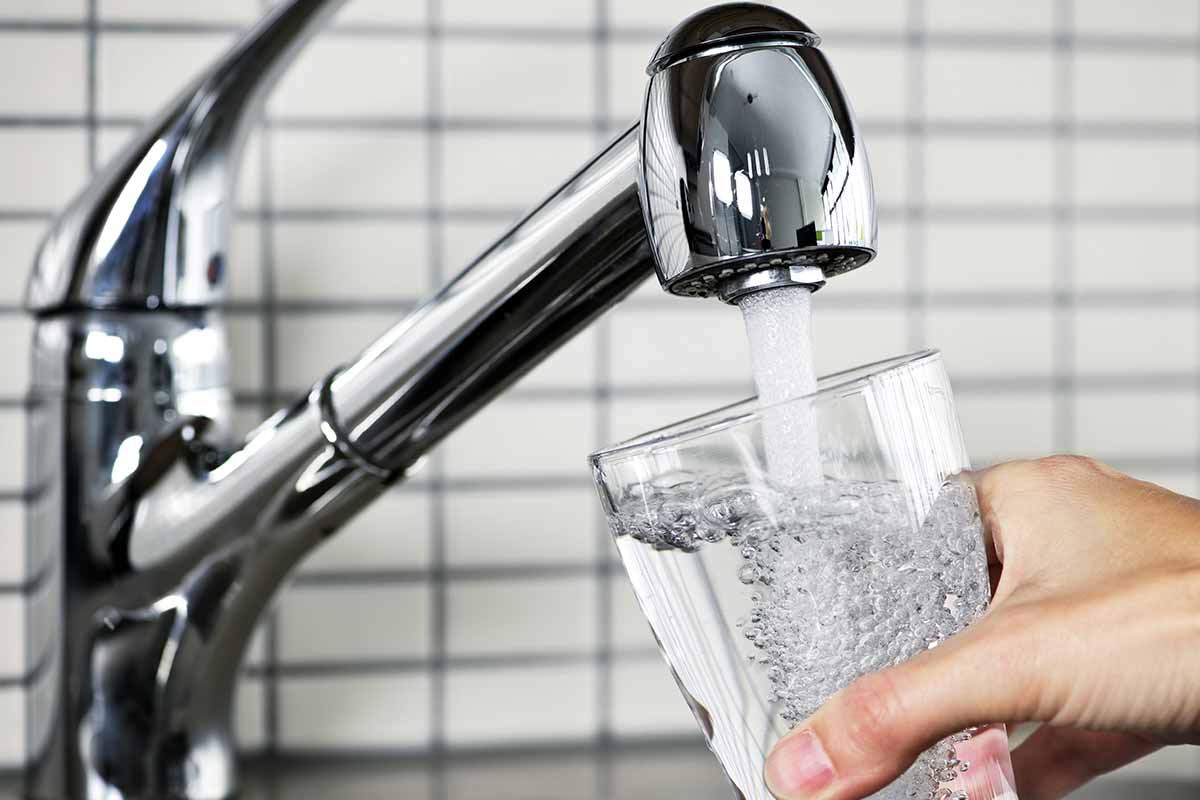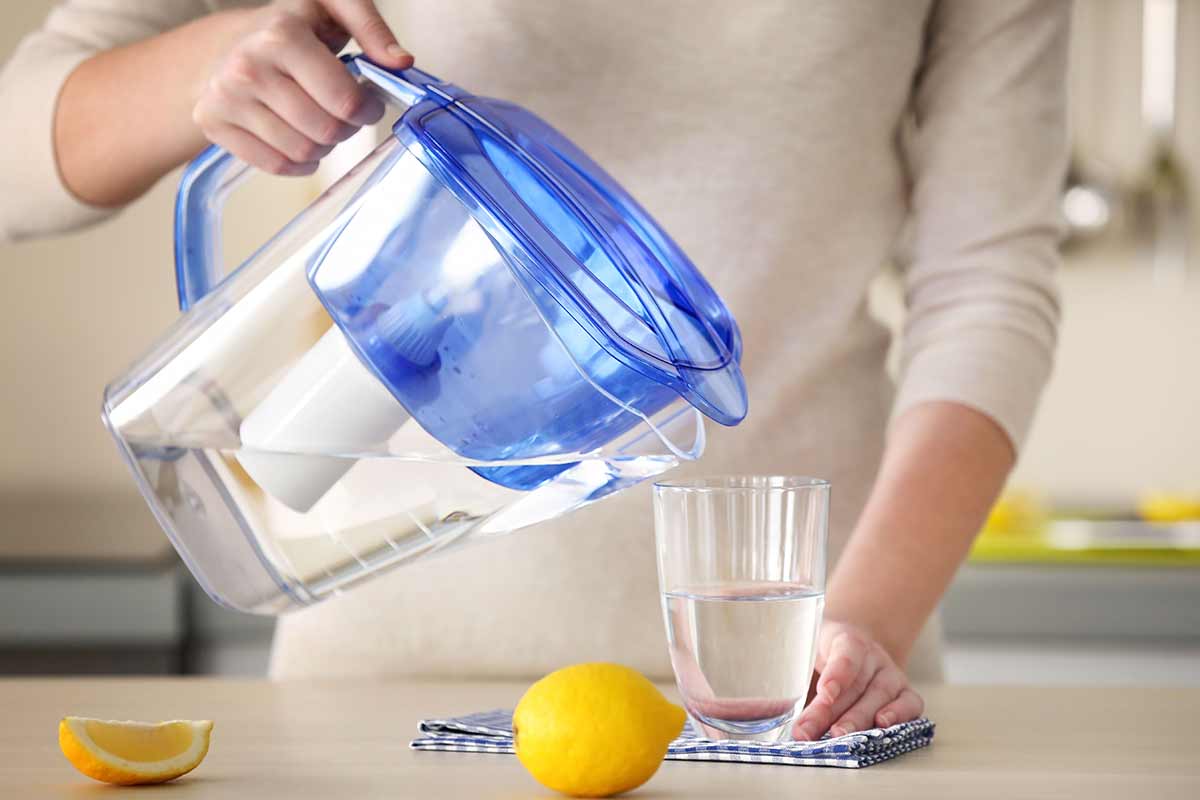Our companies are backed by the Best Pick Guarantee. Call one today!
Whether you made the classic college sojourn to Cancun or chose to spend your spring break with a fluffed pillow and good book, you’ve heard the cliché, “Don’t drink the water in Mexico.”
Of course, that’s assuming American tourists have nothing to worry about when they return home, sunburned and claiming they’ll never drink tequila again. But a report released in May of 2017 by the Natural Resources Defense Council (NRDC), an environmental advocacy group based in New York, suggests otherwise.
In 2015 alone, nearly 77 million Americans lived in communities where the public water systems were in some violation of safety regulations, according to the report.
The nearly 80,000 recorded violations included “exceeding health-based standards, failing to properly test water for contaminants, and failing to report contamination to state authorities.”
Of those, 12,000 were “health-based” violations—mistakes that involved actual water contamination problems—in public systems providing water to a collective 27 million people.
27 million.
If you just eyed your water glass suspiciously, keep reading to learn more about whole-house filtration systems and why you may need one at home.
What Is in Your Tap Water?
 OK, you might be thinking, but I’m on a private well system, so municipal water contamination doesn’t affect me. And you’d be right, of course, but well water can be even more problematic if it isn’t properly filtered, since all fresh water sources contain some level of contamination from environmental and industrial pollution.
OK, you might be thinking, but I’m on a private well system, so municipal water contamination doesn’t affect me. And you’d be right, of course, but well water can be even more problematic if it isn’t properly filtered, since all fresh water sources contain some level of contamination from environmental and industrial pollution.
Surface water, like lakes and rivers, can be exposed to storm water runoff, agricultural runoff, industrial waste, and acid rain. Groundwater, which supplies private wells, can contain microbial pathogens, leachate from septic systems and landfills, and hazardous chemicals used in household and agricultural products.
Additionally, public water systems add chemical disinfectants to water supplies to kill disease-producing bacteria and other microorganisms. These chemicals are toxic and linked to cancer, liver and kidney problems, reproductive difficulties, and other health problems when ingested at levels that exceed the EPA’s safety standards over long period of time.
So, what exactly is in your water? Here’s the short list:
Organics
- Hormones
- Pesticides, herbicides, insecticides, and fungicides
- Volatile Organic Compounds (VOCs)
- Trihalomethanes (THMs) and other chemical byproducts
Heavy metals
- Arsenic
- Aluminum
- Copper
- Lead
- Mercury
- Barium
- Radium
Microbial pathogens
- Bacteria
- Viruses
- Parasites
Chemical additives
- Chlorine
- Fluorosilic acid
- Aluminium sulfate
- Calcium hydroxide
- Sodium silicoflouride
Best Whole-House Water Filtration System
Installing a whole-house filter is the best way to remove contaminants from the water you use at home.
Whole-house filtration systems, also called point-of-entry systems, connect to your water line, removing contaminants before the water enters your home. As a result, all the water routed to your faucets, appliances, showers, etc. is clean and filtered.
The most common whole-house filters are as follows:
| Type | Advantages | Disadvantages |
|---|---|---|
| Sediment filter | Removes particles such as sand, silt, and dirt; inexpensive and easy to install | Does not remove bad taste, odor, chemicals, or other contaminants |
| Water softener | Removes minerals such as calcium, magnesium, and iron found in hard water | Does not remove bad taste, odor, chemicals, or other contaminants; can increase sodium and potassium levels in water; requires regular maintenance |
| Carbon filter | Removes bad taste, odor, and chlorine and chlorine byproducts | Does not remove many chemicals, including chloramines and fluoride, or heavy metals |
| Reverse osmosis system | Removes a wide array of contaminants as well as bad taste and odor | Relatively expensive; takes up a large amount of space; removes good-for-you minerals in addition to contaminants |
| Mixed media system | Customizable; virtually maintenance-free; removes bad taste and odor, chlorine and chlorine by-products, heavy metals, and fluoride | Relatively expensive |
Test your water before you buy a filter
Not all filters are created equal; some are designed to treat certain problems, but don’t address all or even most contaminants. The best whole-house water filtration system for your home depends on the contaminants you want to target for removal.
First, find out what’s in your water. You can do this by requesting a copy of your water quality report, also called a consumer confident report or CCR, from your local water utility.
If for some reason you can’t get ahold of the report, or if you own a private well, consider having your water tested by an accredited laboratory. The Water Systems Council website is a great place to start, as it provides a by-state list of water testing laboratories and other water resources.
You may also want to ask your local plumber for help getting your water tested and advice for choosing the best investment for your home. Best Pick plumbers are local experts, so they can tell you more about the types of filters people in your area have installed and make recommendations based on your unique needs.
Alternatives to whole-house filters
 While a whole-house filter is the best solution for clean, safe water throughout your home, other water treatment options are available.
While a whole-house filter is the best solution for clean, safe water throughout your home, other water treatment options are available.
Point-of-use systems include pitcher filters, faucet filters, and under-the-sink reverse osmosis systems. Of these, reverse osmosis systems are the only filters certified by the National Sanitation Foundation to reduce contaminants such as fluoride, nitrate, lead, and copper.
All point-of-use systems require frequent filter changes to remain effective and, of course, only treat the water from a single source. Even if you install a reverse osmosis system under every sink in the house—the cost of which can really add up—the water you with which you and your family bathes, launders clothes, and runs the dishwasher will go unfiltered.
Something to think about next time you fill up the Brita.
In Conclusion
If you’re concerned about the contents of your tap water, installing a whole-house water filtration system will afford more than peace of mind.
Whole-house systems remove contaminants that flow through private and community water systems alike at the point of entry, so every faucet in your home delivers clean, filtered water.
In general, the best whole-house water filter is likely a mixed media system. These systems use various filter media to target different types of contaminants and can be customized based on the contents of the water in your home.
Remember: To make sure you invest in the right filter, get your water tested and consult a reputable plumbing company about how best to target the contaminants you want removed.
The final step? Take a nice, refreshing swig and never worry about the water your family is drinking again.
Need professional help? Find a local Best Pick® plumber in your area now.


























